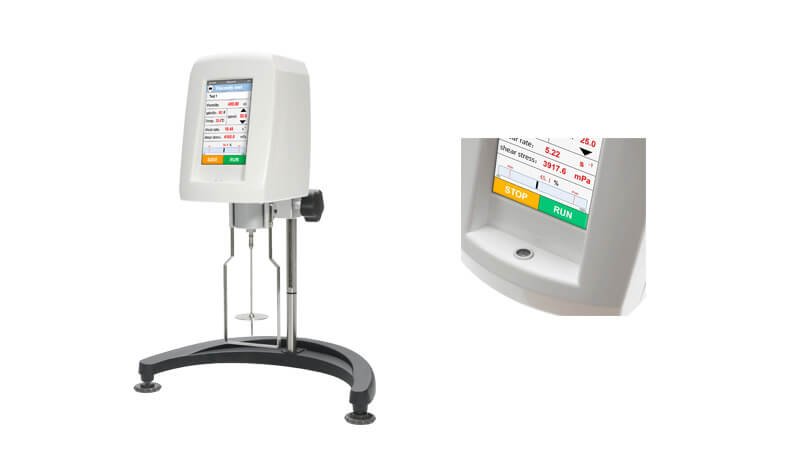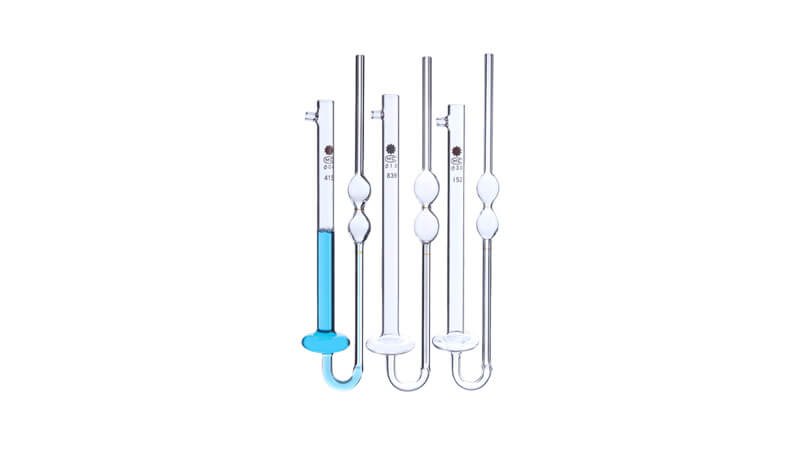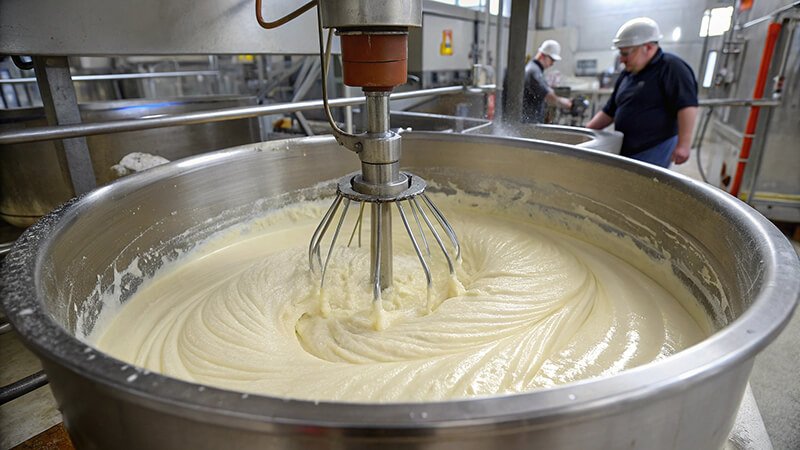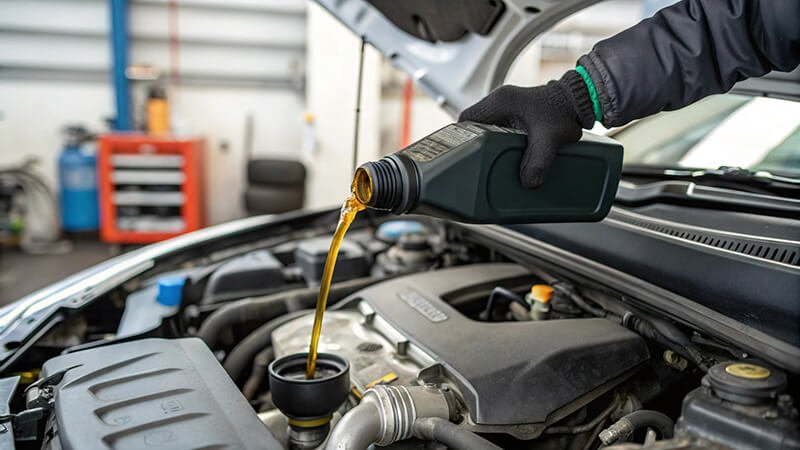Struggling with fluid measurements? Confusing dynamic with kinematic viscosity can lead to costly errors in your production line. Let's clear up the confusion and fix the problem.
Dynamic viscosity measures a fluid's internal resistance to flow under an applied force. Kinematic viscosity measures its resistance to flow under gravity. The key difference is that kinematic viscosity is dynamic viscosity divided by the fluid's density.
This distinction is more than just academic. It directly impacts your product's quality, performance, and compliance with industry standards. As the owner of Martests, I've seen firsthand how understanding this difference is crucial for my B2B clients who resell lab instruments. Let's dive into how these two are connected and why it matters for your business.
How are Dynamic Viscosity, Kinematic Viscosity, and Density Related?
Are you making errors when converting between viscosity types? Using the wrong values can ruin a batch of product. This simple relationship is the key to getting it right every time.
The relationship is straightforward: Kinematic Viscosity = Dynamic Viscosity / Density. This formula allows you to convert between the two measurements, as long as you know the fluid's density at the same temperature. This connection is fundamental for fluid analysis.
In my factory, we emphasize this simple formula to all our clients. It's the bridge between the two types of viscosity. But there's a critical detail that many people miss.
The Core Formula and Its Units
The calculation itself is basic division. But getting the units right is very important for accurate results. Here’s a simple table to help you keep track:
| Parameter | Common Unit (SI) | Other Common Units |
|---|---|---|
| Dynamic Viscosity | Pascal-second (Pa·s) | centiPoise (cP) |
| Kinematic Viscosity | m²/s | centiStokes (cSt) |
| Density | kg/m³ | g/cm³ or g/mL |
Why Temperature is a Big Deal
All three values in the formula—dynamic viscosity, kinematic viscosity, and density—change with temperature. I once worked with a client, similar to my Italian distributor Jacky, who was getting inconsistent results. He was converting dynamic viscosity values to kinematic without measuring density at the correct temperature. His lubricant's density changed enough between 40°C and 100°C to throw off his calculations and fail the required specifications. You must measure all parameters at the same temperature for the formula to work.
How Do You Measure Dynamic Viscosity?
Do you need to measure how a fluid behaves when a force is applied? Using the wrong instrument gives you bad data and can hurt your product's reputation.
Dynamic viscosity is measured using rotational viscometers. These instruments, like our Martests models, apply a controlled force (torque) to a spindle submerged in the fluid. The device measures the resistance the fluid exerts against the rotating spindle to determine its viscosity.

At my company, Martests, we specialize in manufacturing these types of viscometers. The principle is simple but effective. We measure the "drag" or resistance a fluid creates against a moving part. This directly tells you the fluid's internal friction, or its dynamic viscosity. I've helped hundreds of customers, from large distributors in Europe to specialized resellers in Southeast Asia, select the perfect rotational viscometer. The key is matching the instrument to the application. For example, our product line includes different types for various needs.
| Viscometer Type | Best For | Common Application |
|---|---|---|
| Rotating Spindle | General purpose, wide range of viscosities | Foods, paints, chemicals |
| Cone and Plate | Small samples, defined shear rates | Cosmetics, pharmaceuticals |
| Cup and Bob (Coaxial) | Highly accurate shear rates, non-Newtonian fluids | Research, polymer solutions |
A customer in South America who produces industrial coatings needed to ensure their product sprayed evenly. We helped them use one of our cone and plate viscometers to measure dynamic viscosity at high shear rates, which mimics the spraying process. This solved their quality control issues and made their product more reliable.
How Do You Measure Kinematic Viscosity?
Are you testing how a fluid flows under gravity? An inaccurate test can mean failing important industry standards, which could cost you a valuable contract. Here is how to measure it correctly.
Kinematic viscosity is typically measured using a glass capillary viscometer. This method involves timing how long it takes a fixed volume of fluid to flow through a small capillary tube under the force of gravity. The time is then converted to viscosity.

This method is very different from using a rotational viscometer. While my factory specializes in rotational instruments for dynamic viscosity, I know this method well. Many of our clients in the petroleum and automotive industries rely on it. The process is based on a simple physical principle: a thicker fluid will take longer to flow through a narrow tube.
Key Steps for Measurement
- Select the Right Tube: You choose a glass capillary tube (like an Ubbelohde viscometer) based on the expected viscosity of your fluid.
- Control Temperature: The tube is placed in a constant temperature bath. Temperature control is extremely important for accurate and repeatable results.
- Time the Flow: The fluid is drawn up the tube, and you use a stopwatch to time how long it takes for the fluid's meniscus to pass between two marked points.
- Calculate Viscosity: You then multiply the measured time by a calibration constant specific to that tube. The result is the kinematic viscosity in centiStokes (cSt).
This method is less direct than a rotational viscometer but is the required standard for many industries.
When Should You Use Dynamic Viscosity Measurements?
Are you formulating products like paints, adhesives, or creams? Guessing the right viscosity can lead to poor performance and unhappy customers. Dynamic viscosity is your essential metric here.
Use dynamic viscosity when your application involves applying a force to the fluid. This is crucial for processes like pumping, mixing, stirring, and coating. It directly measures the fluid's resistance to this applied stress, which is critical for product formulation.

Think about any process where you are not just letting a liquid sit. You are actively doing something to it. That's where dynamic viscosity matters. The data you get from a rotational viscometer helps you predict how a material will behave in the real world. For example, will a paint be easy to brush on but not drip off the wall? Will a cosmetic cream feel smooth to apply? These are questions that dynamic viscosity helps answer. I always advise my B2B customers to guide their clients based on the end-use application.
Here are some clear examples:
| Industry | Application Where Dynamic Viscosity is Key | Why It's Important |
|---|---|---|
| Paints & Coatings | Brushing, rolling, spraying | Ensures even application without dripping or sagging. |
| Food | Pumping sauces, mixing dough, filling containers | Controls texture, consistency, and process efficiency. |
| Cosmetics | Squeezing lotion from a tube, applying lipstick | Defines product feel, stability, and ease of use. |
| Adhesives | Dispensing glue, ensuring proper bonding | Guarantees the right flow for application and cure. |
This measurement is essential for quality control during production and for developing new products.
When Should You Use Kinematic Viscosity Measurements?
Does your product need to meet specific industry standards like SAE or ISO? Using the wrong viscosity type can cause you to fail compliance and lose business.
Choose kinematic viscosity when the fluid's flow is driven primarily by gravity. This is very common in the petroleum industry for grading engine oils and fuels. It's also essential when you need to comply with standards (like ASTM) that specify kinematic viscosity.

If you are in the oil, fuel, or lubricant business, kinematic viscosity is the language you must speak. It's the standard. My distributor client in Italy, Jacky, has built his business around this. His customers, who are mechanics and auto part suppliers, only care about the SAE grade of an oil. Those grades are defined by kinematic viscosity at specific temperatures (40°C and 100°C). His entire business depends on verifying that the products he sources meet these exact specifications.
When Kinematic is the Standard
Kinematic viscosity is the go-to measurement in these situations:
| Industry | Application Where Kinematic Viscosity is Key | Why It's Important |
|---|---|---|
| Automotive | Grading engine oils (e.g., SAE 5W-30) | Ensures proper engine lubrication across different temperatures. |
| Petroleum | Classifying fuels and hydraulic fluids | Meets industry and regulatory standards for safety and performance. |
| Industrial | Specifying lubricants for gravity-fed systems | Guarantees that oil will flow correctly to lubricate machinery. |
| Aviation | Certifying jet fuel | Critical for fuel system performance and safety at high altitudes. |
Because kinematic viscosity accounts for density, it provides a practical measure of how a fluid will behave in systems where gravity is the main force moving it.
Conclusion
Understanding whether to use dynamic or kinematic viscosity is crucial. Dynamic viscosity is for force-driven flow, like mixing. Kinematic viscosity is for gravity-driven flow, like oil grading. Choose wisely.


